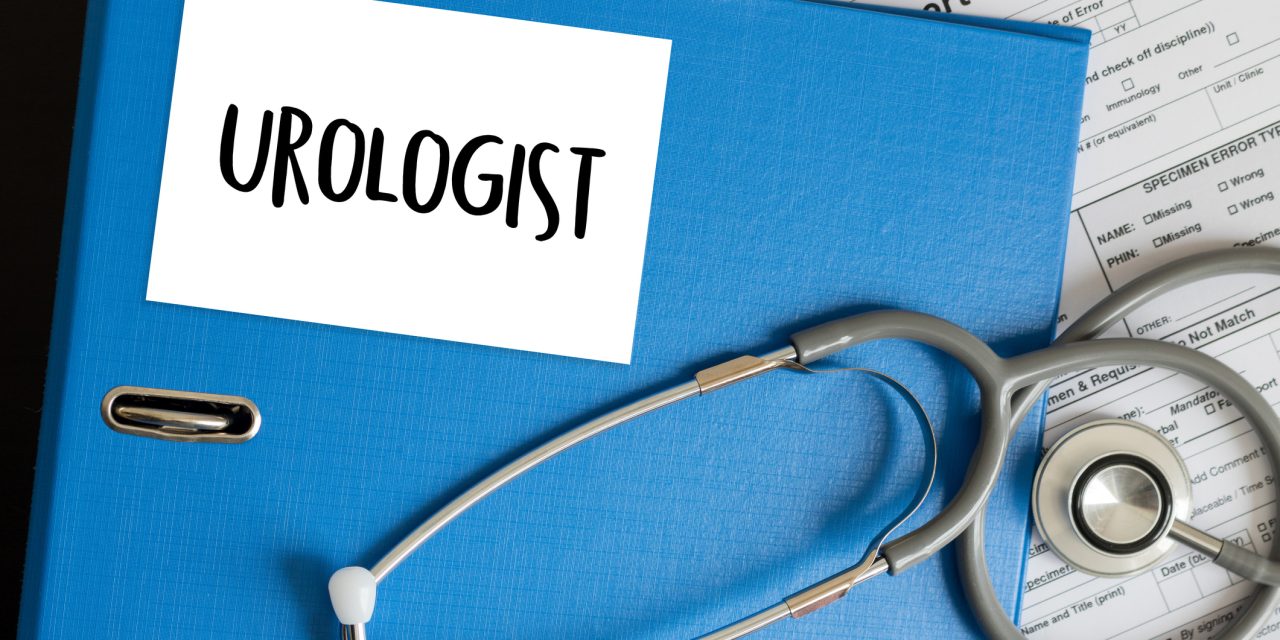Finasteride 1 mg/day is indicated for androgen-dependent conditions such as male androgenetic alopecia (AGA).
The literature is comprehensively summarized on the pharmacodynamics, pharmacokinetics, mechanism of action, and metabolism of finasteride. Pairwise and network meta-analyses were performed to assess the efficacy of finasteride reported in clinical trials. The adverse events profile is described along with the post-marketing reports.
Finasteride 1 mg/day significantly increased total hair count compared to placebo after 24 weeks (mean difference =12.4 hairs/cm, p < 0.05), and 48 weeks (mean difference =16.4 hairs/cm, p < 0.05). The efficacy of the two doses of finasteride (5 mg/day and 1 mg/day) and topical finasteride (1% solution) were not significantly different. The most commonly reported sexual events include erectile dysfunction and decreased libido. Increasing patient complaints and analysis of the FAERS database led to the inclusion of depression in the FDA label in 2011, as men were found to be at a risk of suicide due to the persistent sexual side effects, commonly termed as post-finasteride syndrome. Finasteride is shown to be reasonably tolerated in both men and women; however, patients need to be educated about the possible short- and long-term side-effects.
Finasteride for hair loss: A review.


